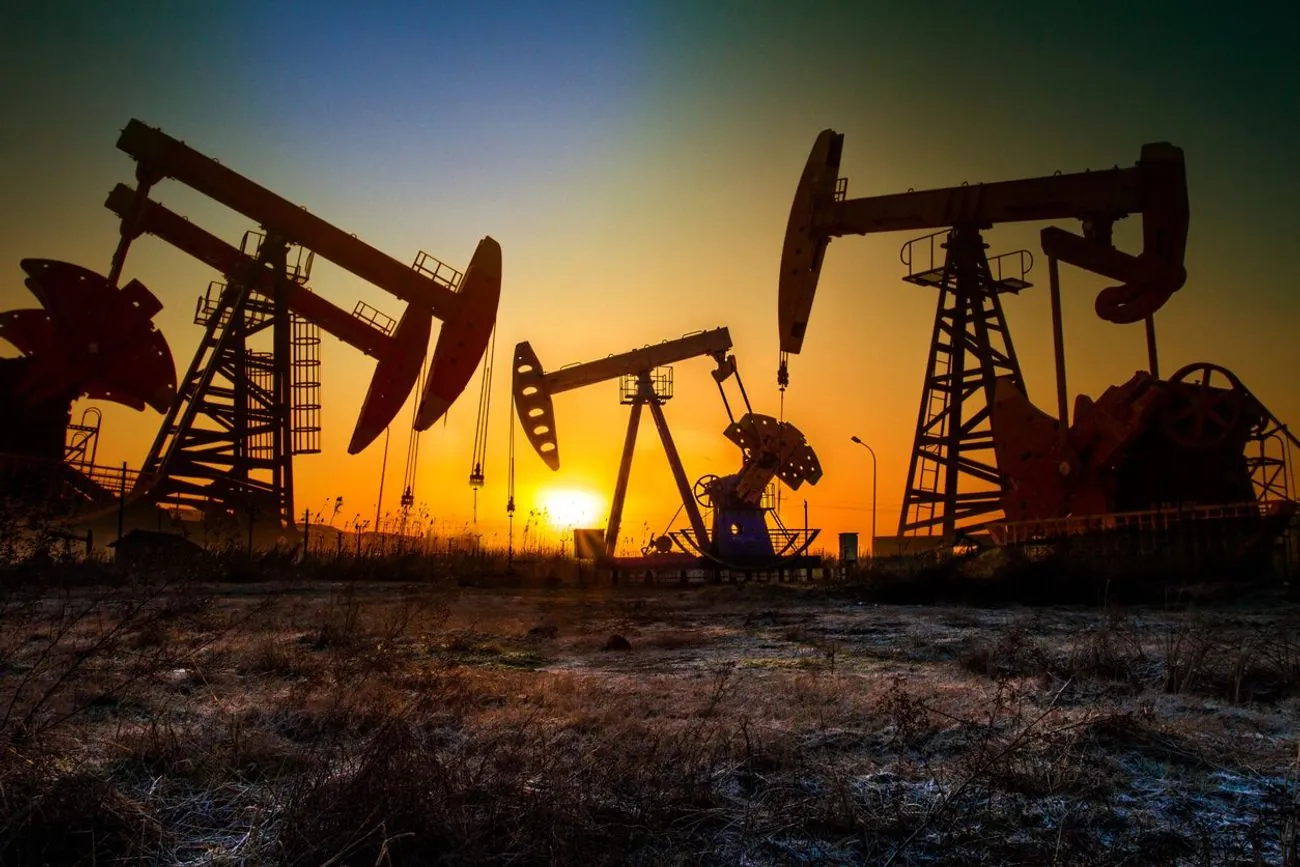“Oil prices rise amid potential US sanctions against RussiaOil prices rose after Trump’s statement about possible sanctions against Russia, but fears about tariffs and increased OPEC+ production limited the growth. Brent and WTI futures rose, partially recovering from the fall.
”, — write: unn.ua
DetailsBrent crude futures rose 44 cents, or 0.64%, to $69.08 a barrel at 06:49 GMT (09:49 Kyiv time). US West Texas Intermediate crude futures rose 52 cents, or 0.78%, to $67.09 a barrel.
Since the beginning of the week, Brent crude oil prices have risen by 1.1%, and WTI by 0.1%.
Both contracts lost more than 2% on Thursday amid investor concerns about the impact of Trump’s changing tariff policy on global economic growth and oil demand.
“Prices partially recovered this morning after President Trump announced his plans to make an ‘important’ statement regarding Russia on Monday. This could cause nervousness in the market due to possible further sanctions against Russia,” ING analysts wrote in a client note on Friday.
Trump prepares “important statement” on Russia amid lack of progress in negotiations11.07.25, 05:07 • 14860 views
Trump expressed dissatisfaction with the actions of the Kremlin head Vladimir Putin due to the lack of progress in a peaceful settlement with Ukraine and Russia’s intensified bombing of Ukrainian cities.
Weak fundamental market indicators and improving seasonal demand also provided some support to oil prices, as did renewed Houthi attacks on vessels passing through the Red Sea, BMI analysts noted in a weekly report.
A sign of improving demand was the prospect of Saudi Arabia supplying about 51 million barrels of crude oil to China in August, which will be the largest supply in the last two years.
Pressure on prices this week was exerted by the OPEC+ agreement reached on Saturday to increase production by 548,000 barrels per day in August.
OPEC+ countries announced an increase in oil production by 548 thousand barrels per day in August05.07.25, 16:29 • 4806 views
ING analysts predict another increase in September, followed by a pause.
This increase should lead to a significant surplus in the global market in the fourth quarter, which will increase downward pressure on prices, ING analysts note.
OPEC lowered its forecast for global oil demand for the period from 2026 to 2029 due to slowing demand in China, according to a report published on Thursday. According to OPEC, global demand is likely to average 106.3 million barrels per day in 2026 compared to 108 million barrels per day forecast last year.
